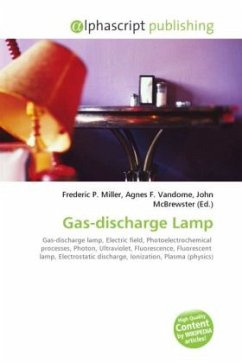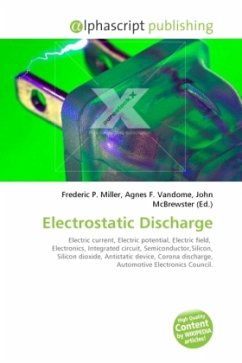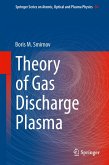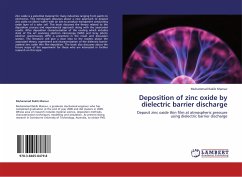Please note that the content of this book primarily consists of articles available from Wikipedia or other free sources online. Self-discharge is a phenomenon in batteries in which internal chemical reactions reduce the stored charge of the battery without any connection between the electrodes. Self-discharge decreases the shelf-life of batteries and causes them to have less charge than expected when actually put to use. How fast self-discharge in a battery occurs is dependent on the type of battery. Typically, among rechargeable batteries, lithium batteries suffer the least amount of self-discharge (around 2 3% discharge per month), while nickel-based batteries are more seriously affected by the phenomenon (nickel cadmium, 15 20% per month; nickel metal hydride, 30% per month).







